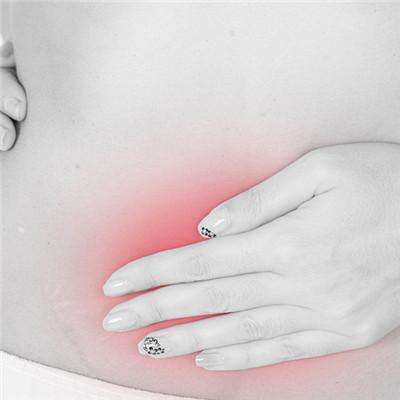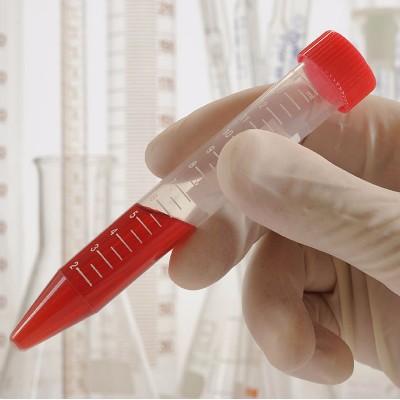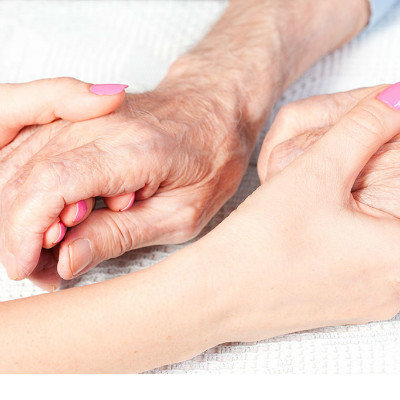How should female patients be diagnosed with epilepsy
summary
How to diagnose female patients with epilepsy? With the continuous emergence of epilepsy and more and more people suffering from epilepsy, there are men and women, the elderly and children. Due to the special state of epilepsy, it gives people a terrible feeling, so many people have a general rejection of epilepsy. In particular, patients with female epilepsy in the diagnosis of epilepsy disease is the need to choose the right method, because this kind of disease will have a great impact on the family and fertility of female patients with epilepsy. So, how should female patients be diagnosed with epilepsy?
How should female patients be diagnosed with epilepsy
First, physical examination. The physical examination of epilepsy patients is the same as other diseases. The examination items include general condition, skin, mucous membrane, lymph nodes, head, eyes, ears, mouth, neck, chest, abdomen, external genitalia, anus, spine and limbs, etc., but the focus should be on the nervous system. We should pay attention to the mental state and intelligence of epileptic people, and pay attention to whether the speech of epileptic people is normal, especially whether the head is too small or too large. When checking the eyes, pay attention to check the fundus.
Second, laboratory examination. For most patients, according to the clinical symptoms and disease history to make judgment, but often some patients with epilepsy, must do further auxiliary examination, in order to understand the type of epilepsy, and determine the basic cause of infantile convulsion. Sometimes epilepsy patients in addition to antiepileptic drugs, but also need to add other treatment drugs, such as seizures caused by cerebral tuberculosis patients, must also receive appropriate anti tuberculosis drug treatment, which requires the corresponding laboratory examination. The commonly used clinical laboratory tests include: urine routine, blood routine, stool routine, liver function, renal function, blood metabolite test, parasite test, tuberculin test, etc.

Third, EEG examination. Electroencephalogram (EEG) is an image made by using an EEG machine to amplify the natural discharge of brain cells millions of times and trace it onto paper with a pen. With the development of computer technology, we can also convert the collected EEG information into signals through the computer, record them on the disk or tape, and then display the original EEG curve and various reconstructed images through the display, which is called EEG topographic map. In recent years, there are also visual / image monitoring EEG machines which can record EEG and take pictures of the patient's seizures simultaneously, so that doctors can further understand the relationship between EEG changes and clinical manifestations, and provide convenience for the diagnosis and differential diagnosis of epilepsy.

matters needing attention
Patients with epilepsy should try to use less excitatory drinks. Therefore, caffeine in this kind of beverage can make brain cells excited, abnormal discharge, make seizures.
















